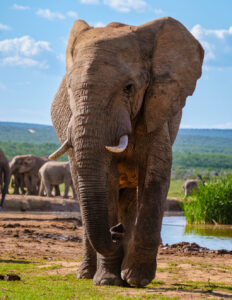An In-depth Exploration
Elephants, the majestic giants of the animal kingdom, have fascinated humans for centuries. Their sheer size, intelligence, and social behavior make them one of the most intriguing species on the planet. But where do elephants live? This article delves deep into the habitats of these magnificent creatures, exploring the regions they call home and the challenges they face in their natural environments.
Key Takeaways
- Elephants primarily inhabit the grasslands, forests, and swamps of Africa and Asia.
- Their habitats are under threat due to human activities, leading to a decline in their populations.
- Conservation efforts are crucial to ensure the survival of these magnificent creatures.
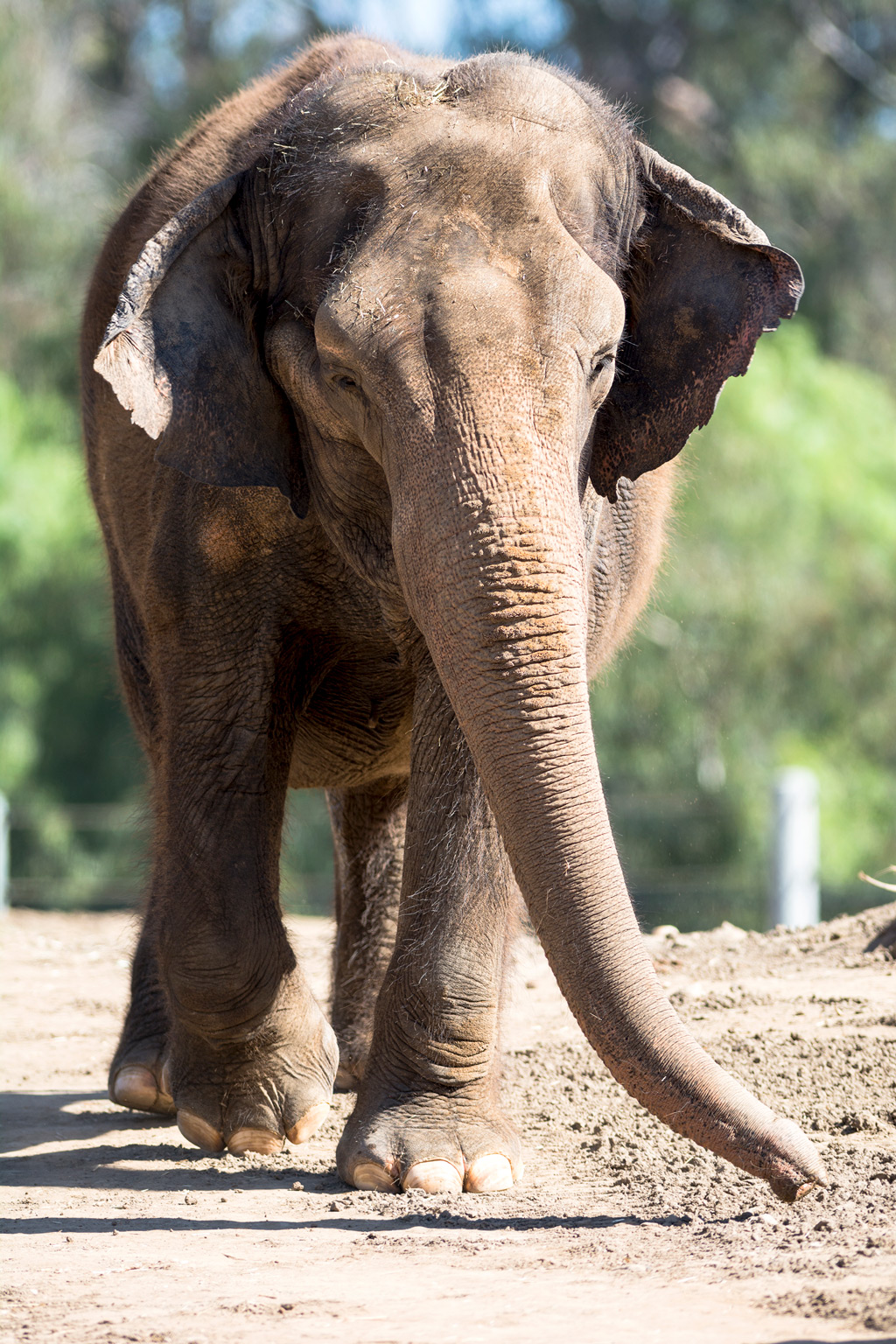
Habitats of Elephants
African Elephants
The larger of the two main species, are primarily found across the African continent. They are further divided into two subspecies:
Savannah Elephants
These elephants are predominantly found in the grasslands, savannahs, and open woodlands of sub-Saharan Africa. Countries like Kenya, Tanzania, and Botswana have vast national parks where these elephants roam freely.
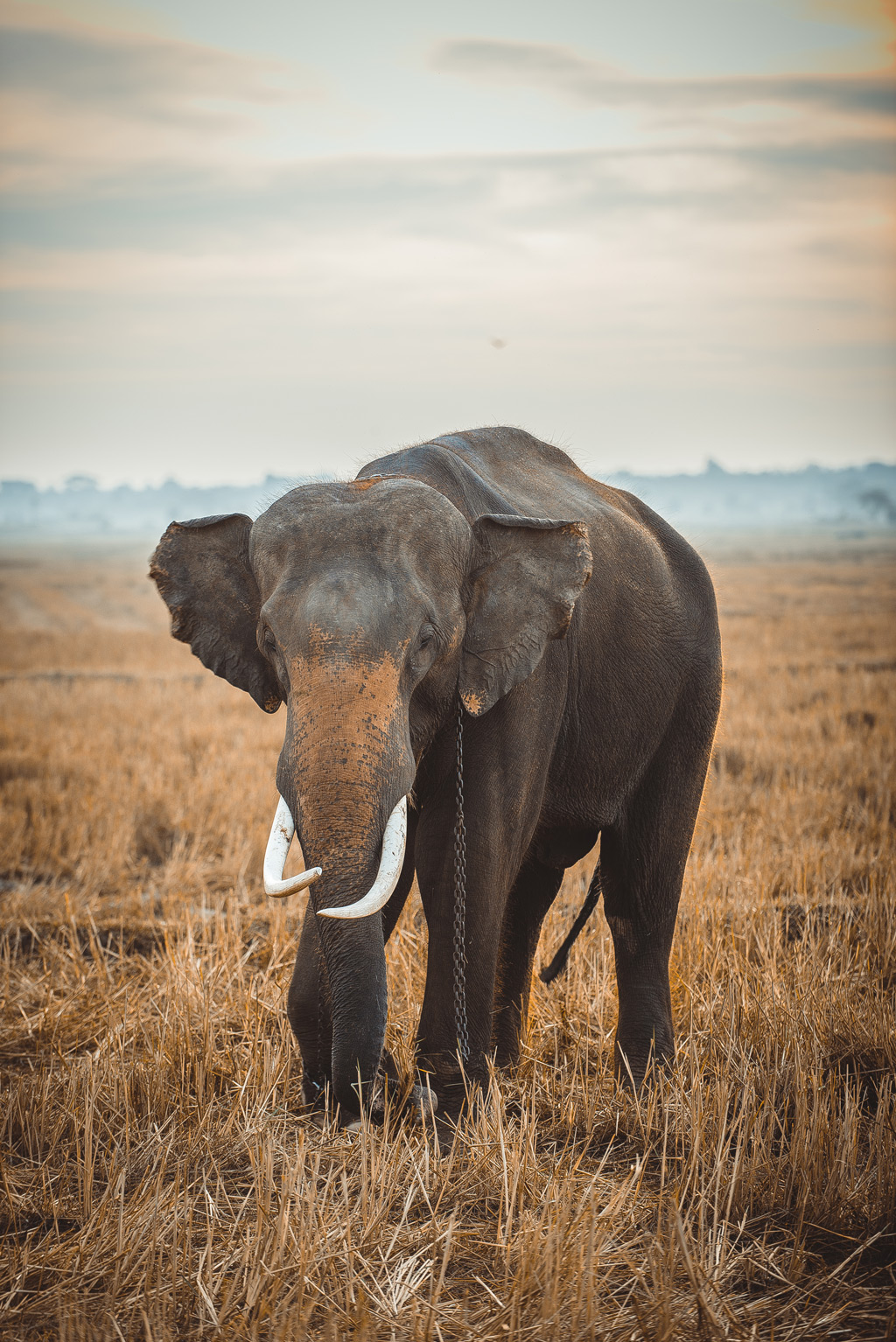
Forest Elephants
Native to the dense rainforests of central and West Africa, forest elephants are smaller than their savannah counterparts. They play a crucial role in maintaining the health and diversity of their forest habitats.
Asian Elephants
Asian elephants inhabit a variety of environments across Asia, from the grasslands of India to the rainforests of Borneo and Sumatra. Unlike African elephants, Asian elephants have a more diverse range of habitats, including:
Grasslands and Forests
These habitats are prevalent in countries like India, Nepal, and Sri Lanka. Elephants in these regions often migrate between grasslands and forests in search of food.
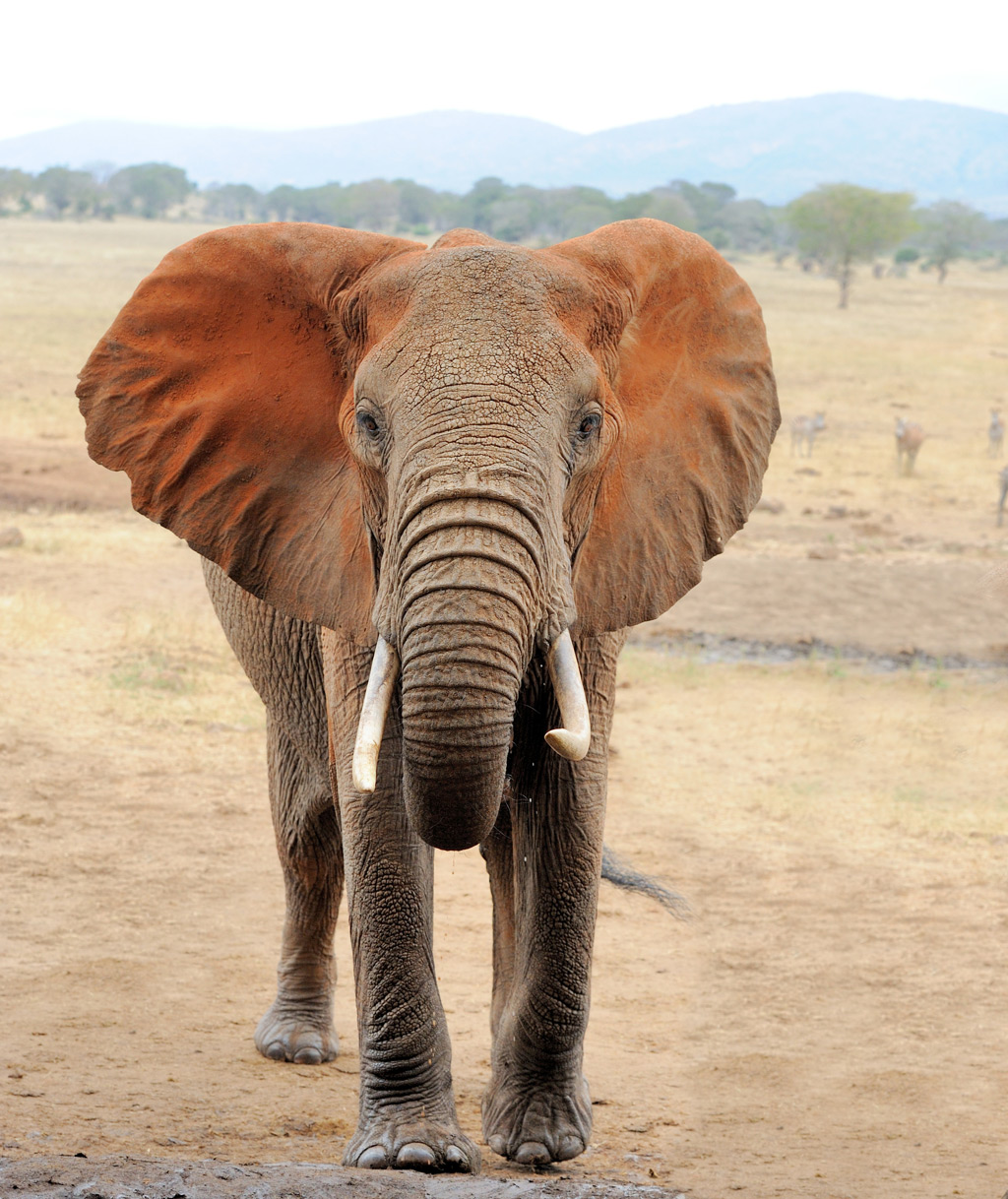
Swamps and Wetlands
In regions like Borneo and Sumatra, elephants can be found in swamps and wetlands, which provide ample water and food sources.
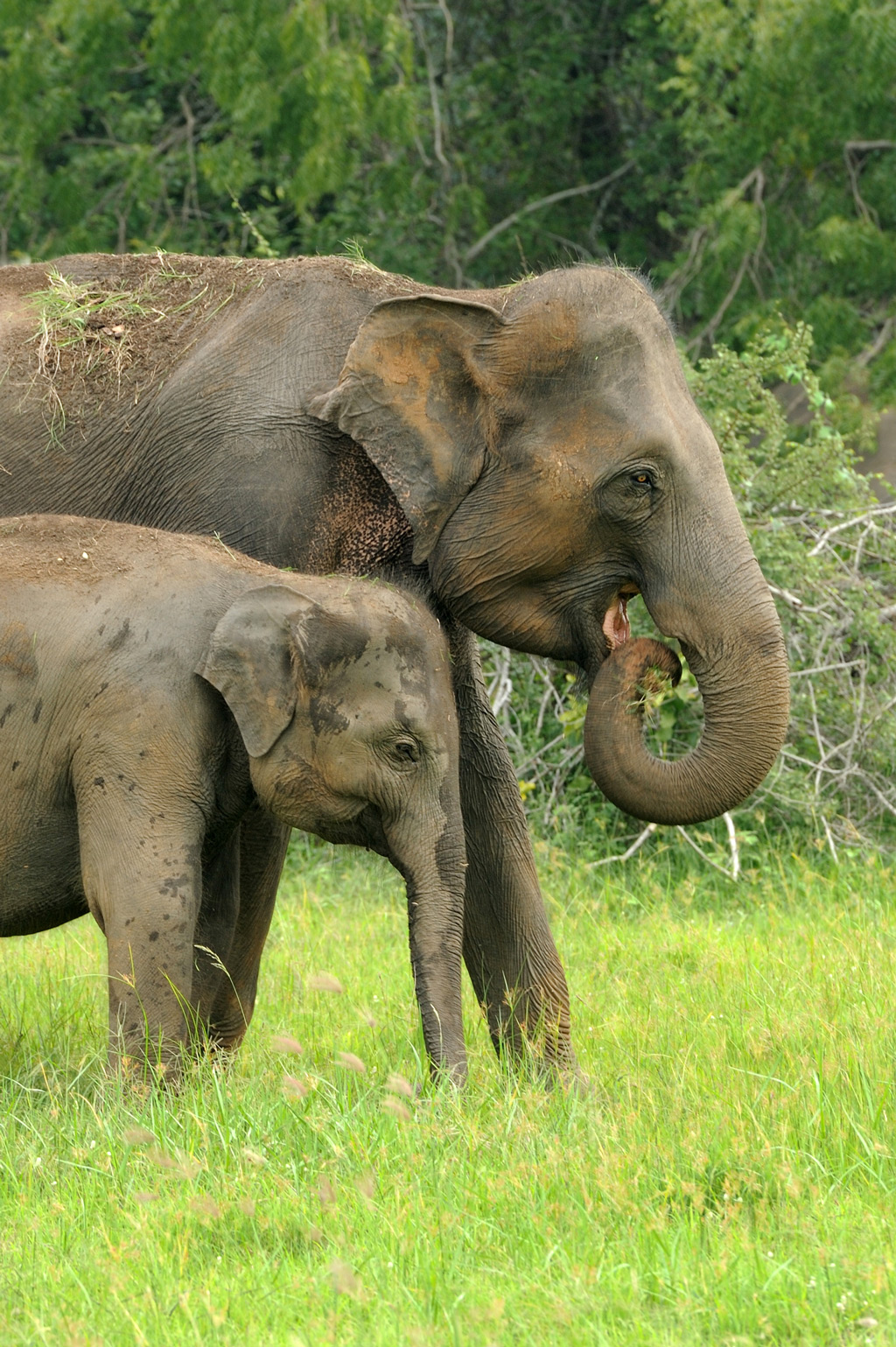
Threats to Elephant Habitats
The natural habitats of elephants are under severe threat due to various human activities. Some of the primary challenges they face include:
Deforestation
Rapid deforestation for agriculture, logging, and urbanization has led to a significant loss of elephant habitats, especially in Asia. This not only reduces their living space but also fragments their populations, making survival even more challenging.
Poaching
Illegal poaching for ivory remains a significant threat to elephants, especially in Africa. Despite international bans on ivory trade, the demand for it continues to drive poaching activities.
Human-Elephant Conflict
As human settlements expand into elephant territories, conflicts arise. Elephants often raid crops, leading to retaliation from humans. Such conflicts can result in the death of both humans and elephants.
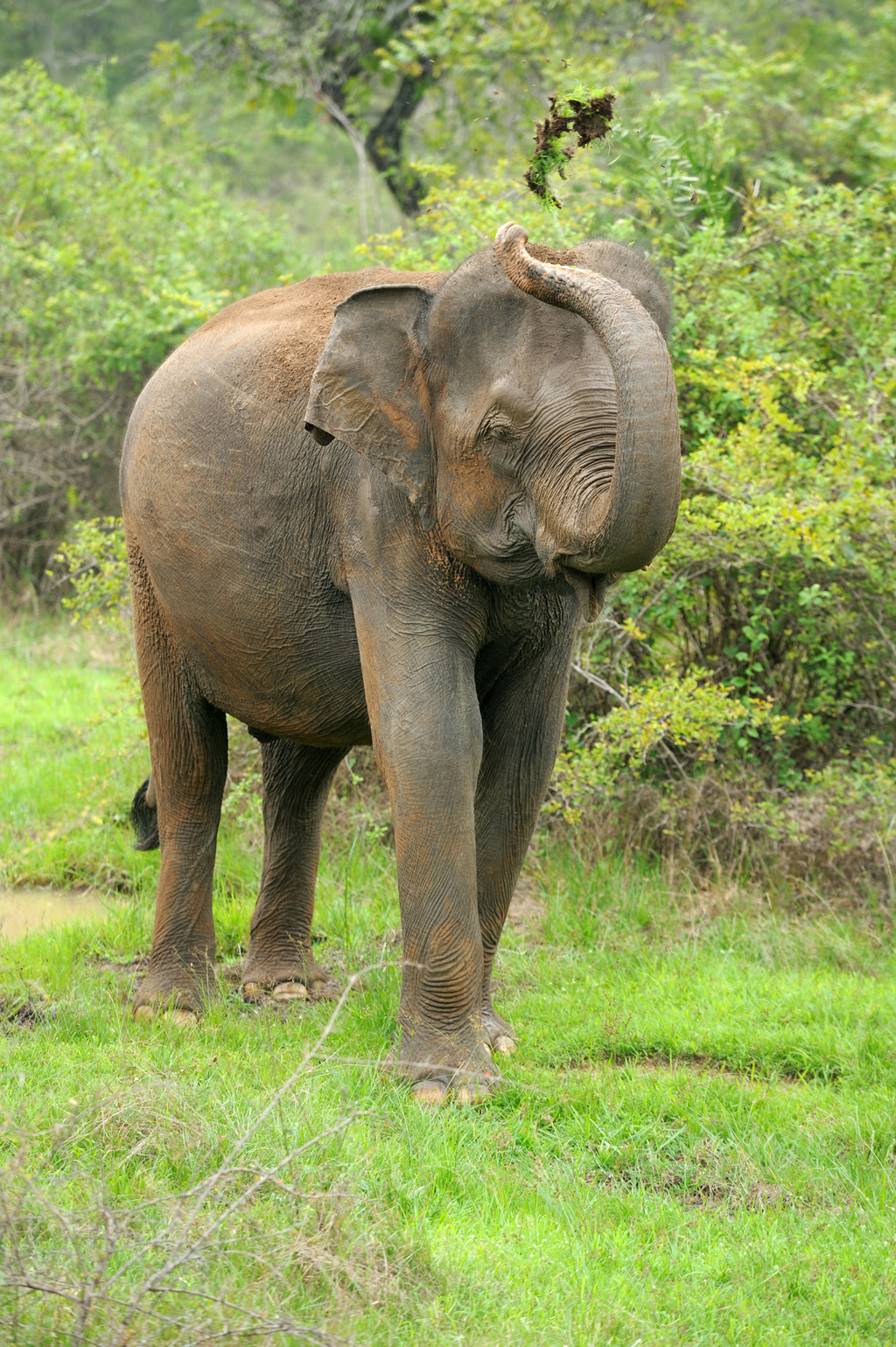
Conservation Efforts
Conservation organizations worldwide are working tirelessly to protect elephants and their habitats. Some of the key initiatives include:
Establishing Protected Areas
National parks and wildlife reserves have been set up in many countries to provide safe havens for elephants. These areas not only protect elephants but also help in conserving the biodiversity of the region.
Anti-Poaching Initiatives
Governments and NGOs are collaborating to curb poaching activities. This includes deploying anti-poaching units, using technology to monitor elephant movements, and raising awareness about the ill effects of the ivory trade.
Community Engagement
Engaging local communities is crucial in conservation efforts. By educating them about the importance of elephants and providing alternative livelihoods, human-elephant conflicts can be reduced.
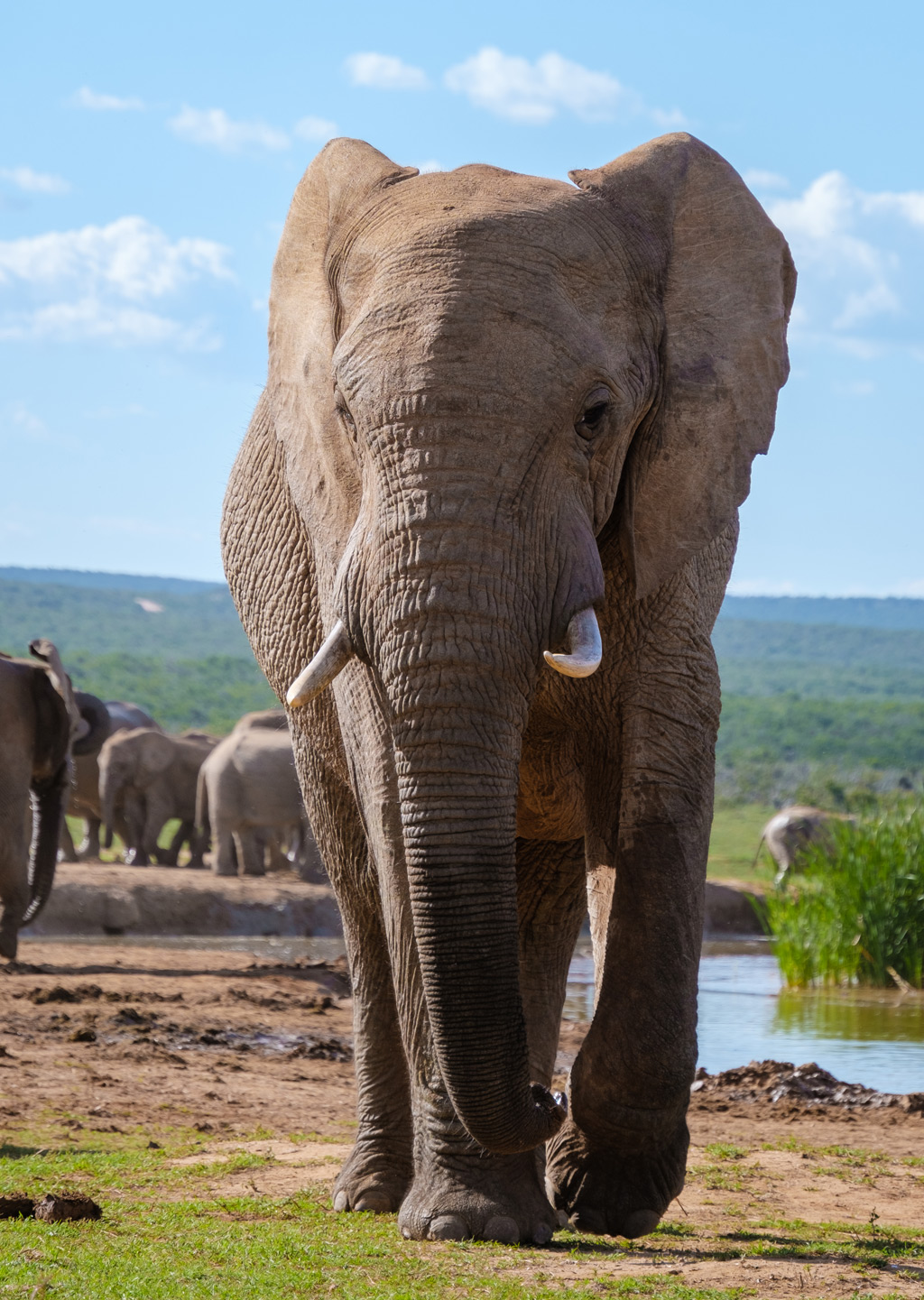
Building on our exploration of the habitats of elephants, let's delve deeper into some frequently asked questions, additional insights, and resources that shed light on the world of these majestic creatures.
Frequently Asked Questions (FAQs)
How do elephants adapt to their environment?
Elephants have evolved various adaptations to thrive in their habitats. For instance, their large ears help dissipate heat in the hot African savannah, while their strong trunks assist in foraging in dense Asian forests.
What is the lifespan of an elephant in the wild?
In the wild, elephants can live up to 60-70 years. However, their lifespan can be significantly reduced due to threats like poaching and habitat loss.
How do elephants communicate?
Elephants use a combination of vocal sounds, body language, and infrasound (low-frequency sounds) to communicate with each other. These sounds can travel long distances, helping elephants stay in touch even when they're miles apart.
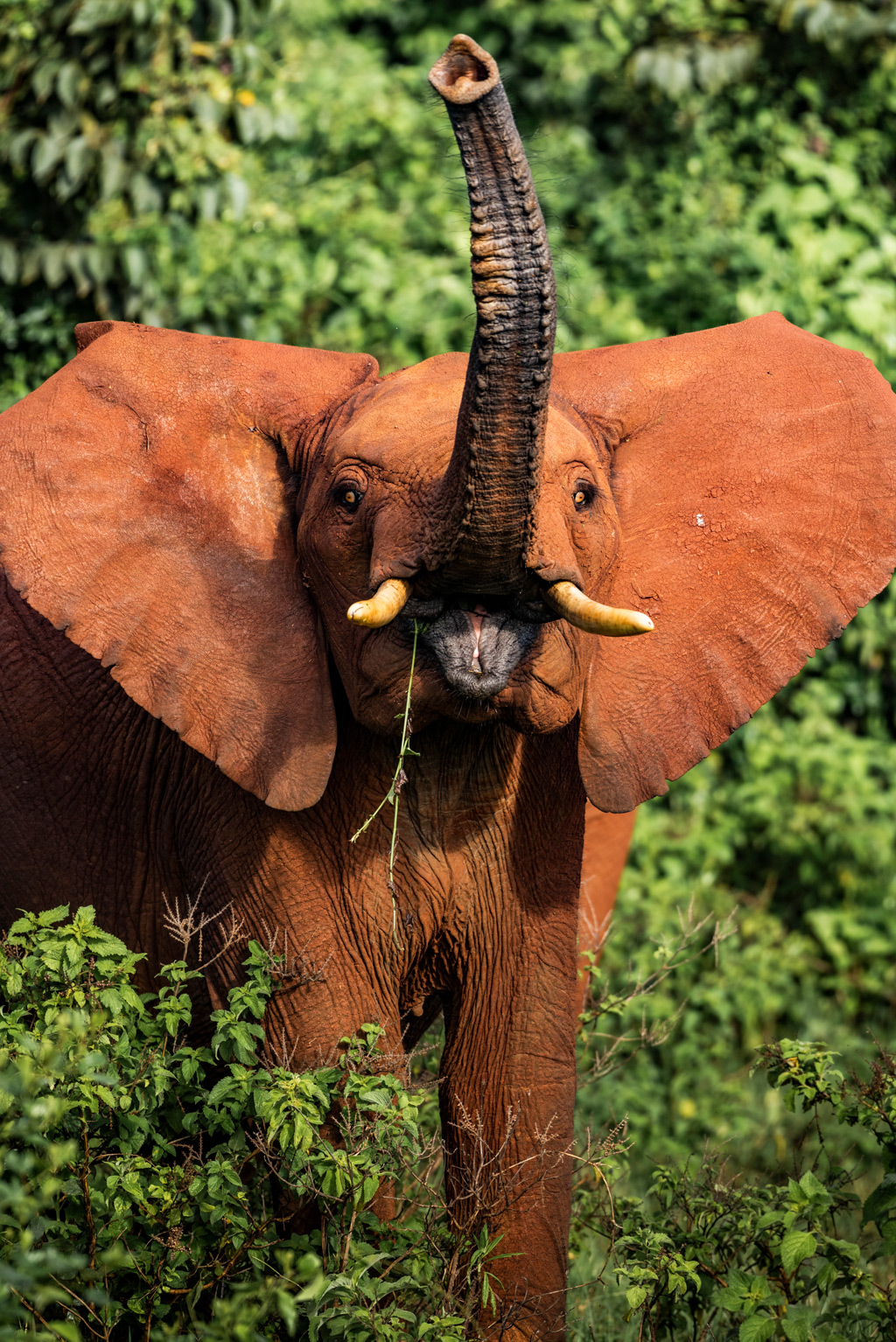
Interesting Facts About Elephants
- Elephants are known to have strong social bonds and often mourn the death of their kin.
- They have an exceptional memory, which helps them navigate vast landscapes and remember water sources.
- Elephants play a crucial role in their ecosystems by acting as "ecosystem engineers." Their activities, like digging water holes, benefit other wildlife.





